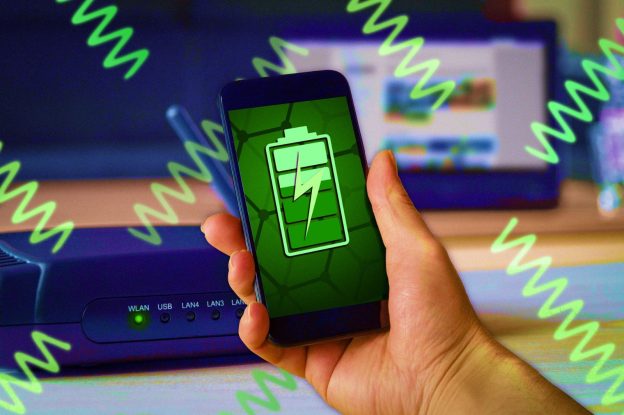The distance between the transmitter and receiver, the wavelength, and the Rayleigh criteria or diffraction limit, which is used in conventional radio frequency antenna design and also applies to lasers, may determine the dimensions of the components. A rough spot size at any given distance from the aperture can be calculated using Airy’s diffraction limit. Shorter wavelengths (higher frequencies) of electromagnetic radiation exhibit less diffraction; as a result, a blue laser exhibits less diffraction than a red laser. Microwave power beaming has the potential to be more effective than lasers and is less susceptible to air attenuation brought on by dust or aerosols like fog. Here, the power levels are estimated by summing the aforementioned variables, as well as the gains and losses resulting from the antenna’s properties, the medium’s transparency, and its dispersion. The act of doing so is referred to as link budget calculation.
The challenge with power beaming by microwaves is that the needed aperture diameters are relatively big for the majority of space applications due to diffraction restricting antenna directionality. For instance, the 1978 NASA study on solar-powered satellites called for a transmitting antenna with a 1-kilometer (0.6 mi) diameter and a receiving antenna with a 10-kilometer (6.2 km) diameter for a microwave beam operating at 2.45 GHz. Although shorter wavelengths may have issues with air absorption and beam obstruction by rain or water droplets, these sizes can be somewhat reduced by using them. The “thinned-array curse” prevents us from merging the beams of several smaller satellites to create a narrower beam. With shorter wavelengths of electromagnetic radiation, often in the microwave range, power beaming over longer distances can be accomplished using radio waves. The microwave energy can be transformed back into electrical energy using a rectenna. Over 95% of rectenna conversion efficiency has been attained. It has been suggested to beam power to spacecraft that are departing orbit and to transmit energy from solar power satellites in orbit to the Earth using microwaves.
The idea of harvesting solar energy from the sun using solar power satellites (SPS) in space and transferring it to Earth is known as space-based solar power (SBSP, SSP). Its benefits include the potential for very little nighttime and a better ability to orient toward the sun. This is because there is less reflection and absorption of sunlight by the atmosphere. Microwaves, for example, can be sent through the atmosphere to receivers on the Earth’s surface via space-based solar power systems, which transform sunlight into another type of energy. Since the early 1970s, several SBSP concepts have been investigated, but none of them is economically feasible given the cost of space launch today. The use of microwaves for wireless high-power transmission is widely established. At the Goldstone Deep Space Communications Complex in California in 1975 and more recently (in 1997) at Grand Bassin on Reunion Island, experiments in the tens of kilowatts were conducted. These techniques cover distances of about one kilometer.
By turning electricity into a laser beam that is then received and focused onto photovoltaic cells, power can be supplied using electromagnetic radiation that is closer to the visible portion of the spectrum (.2 to 2 micrometers) (solar cells). Because the power is blasted at a receiver that can transform it into electrical energy, this method is frequently referred to as “power beaming.” Special photovoltaic laser power converters that are tailored for converting monochromatic light are used at the receiver. Narrow beam cross-sections can be transmitted over long distances via collimated monochromatic wavefront propagation. As a result, the power decreases very little or not at all as the distance between the transmitter and receiver grows.
Solid-state lasers are tiny enough to fit in small items. There is no radio-frequency interference with current radio communication, including Wi-Fi and mobile phones. Only receivers struck by the laser receive electricity for access control.
Transfer of Wireless Power via Radiant Technique
on 24/10/2023








